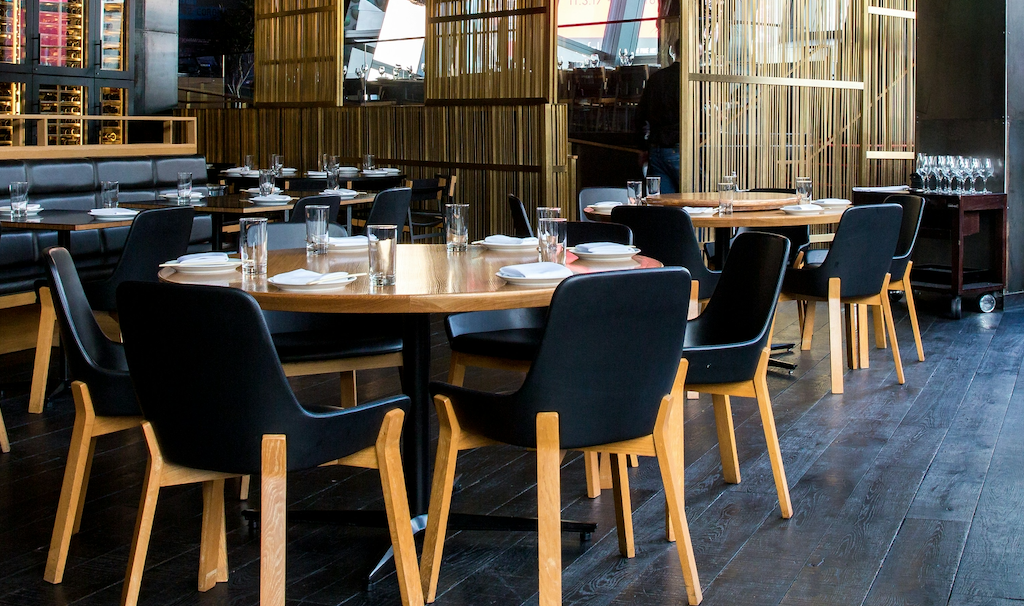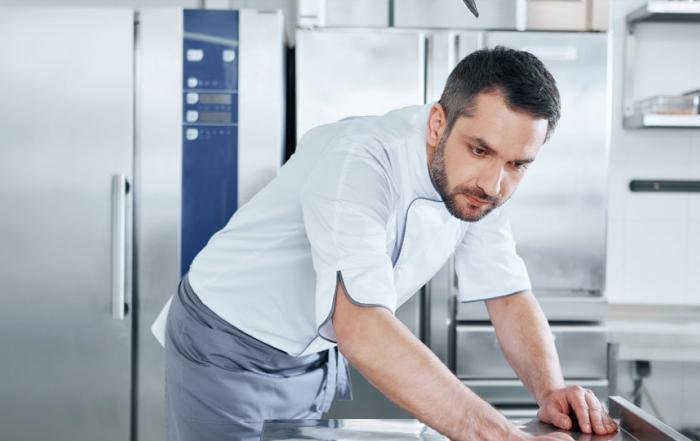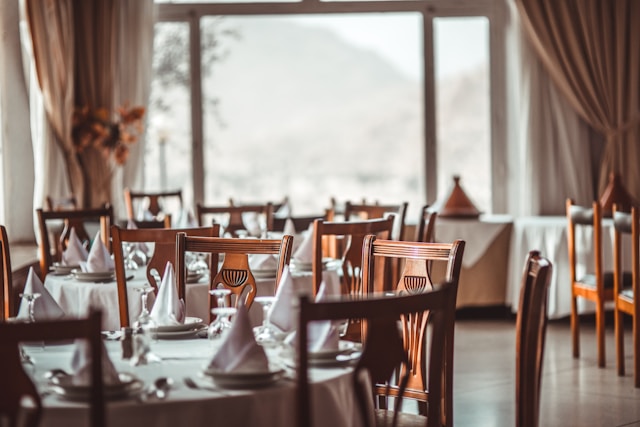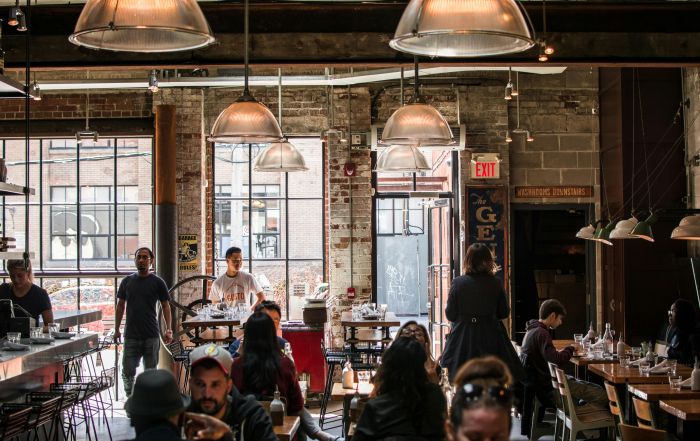Turning down the heat: California’s new recipe for keeping kitchen crews cool!

California’s newest set of workplace-health regulations is geared to simmer down heat-related illnesses in indoor workplaces and is set to make things much better for all us folks employed in the restaurant industry. As we know, it’s one thing to crave fiery flavor, but no one wants to suffer for their craft. In this article we look at how the new set of regulations aim to melt away heat-related suffering in the workplace, and in particular, in commercial kitchens.
The legislation, known as the California Code of Regulations Title 8 Section 3396 outlines a range of guidelines which employers can follow to protect the health, safety and wellbeing of their kitchen crew. We know that heat illness is a serious hazard and this legislation finally addresses us folks cooking in old buildings with poor ventilation or standing next to a pizza oven or hot grill all day. Phew!
So where did the legislation come from?
Taking a step back we can see that the Occupational Safety and Health Administration (OSHA), part of the U.S. Department of Labor, proposed new rules around indoor workplaces back in 2019, However, more recently it has worked with California to approve the new indoor heat illness prevention standards. The legislation outlines that restaurants with more than 10 employees must have a clear plan for protecting their workers, including promoting a collaborative approach to looking after employees.
California’s regulations require employers to take specific actions when indoor temperatures exceed 82°F. These include providing cool drinking water, easy access to cool-down areas, temperature monitoring and written heat illness prevention plans.
The great thing about these regulations is that it’s not just bosses dictating things, it’s a chance for all staff to consider how they can work in a safer environment and for leaders to brainstorm with employees. Another ‘cool’ (get it?) thing about the regulations is that they empower your staff, because it highlights the need for a new designated “heat safety coordinator” to ensure the precautions are taken.
The regulation outlines a number of other measures, including:
- Providing access to “suitably cool” drinking water, at a volume of 1 quart per hour per employee.
- Extending cooldown opportunities at the rate of one 15-minute break for every two hours of excessive heat.
- Ensuring the break area offers either air conditioning, shade or good air flow, and ideally some form of dehumidification.
- Establishing a system for employees to monitor one another during times of dangerous heat for signs of ill effects. The setup can either be a mandatory “buddy system,” where workers are paired to keep watch on each other, or via a supervisor or heat safety coordinator.
- Drafting “acclimatization protocols” for enabling new employees to adjust to high heat.
- Posting high heat alerts in indoor areas where the ambient temperature regularly soars above 120 degrees.
In addition, restaurants should follow The Heat Injury and Illness Prevention Plan, or HIIPP, which must also cover what employees should do if a co-worker shows signs of being dangerously affected by the heat. What a breath of fresh air!
The rules, now in place in California, also state that there should be an initial heat index—a measure that takes into account the kitchen’s humidity. It states that temperatures should be monitored and control measures should be implemented if the heat index reaches 87°F.
The state of California is, and always has been, a bit of a trend setter, so we’re expecting to start seeing these regulations being rolled out more widely. Plus it outlines other issues around – designing commercial kitchens with airflow and heat flow in mind. It’s amazing that California is setting the standards for workplace safety. So next time you’re sweating over a hot stove remember those California chefs – they’re leading the charge for safer kitchen for all of us!


